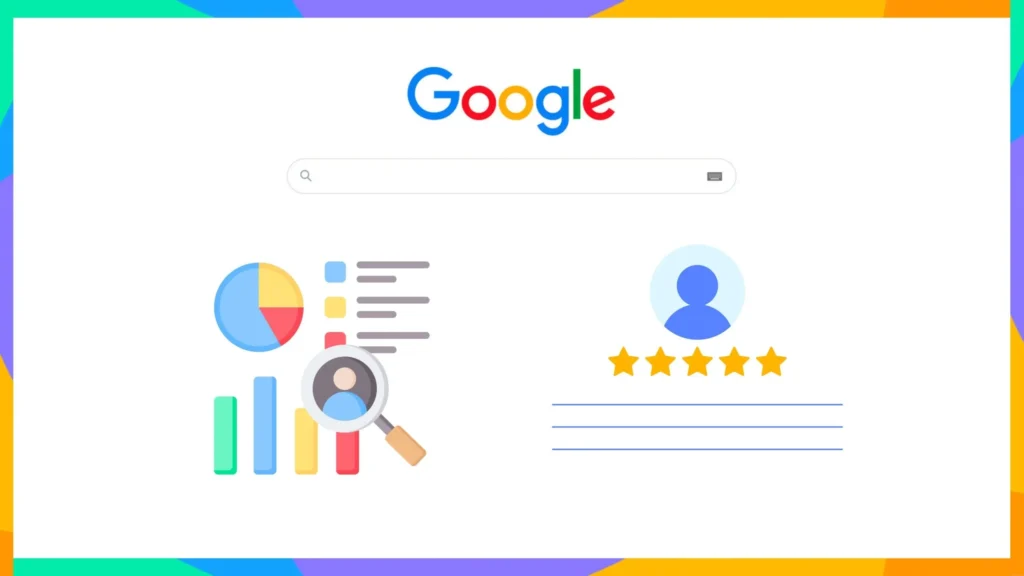Have you ever encountered an intuitive and engaging mobile app that you couldn’t put it down? Imagine having access to a mobile app design service capable of turning your boldest visions into user-friendly and captivating applications. The design of your mobile app plays a pivotal role in its success. But how do you ensure your app stands out in a crowded marketplace?
In this article, we’ll dive deep into the secrets of crafting mobile apps that look great and provide an unparalleled user experience. From understanding the psychology behind user engagement to implementing the latest design innovations, we’ll cover everything you need to know to make your app a hit.
Understanding the Fundamentals of Mobile App Design
Understanding the fundamentals of mobile app design is akin to grasping the essence of a well-orchestrated symphony. Each element, though not explicitly mentioned, plays a crucial role in creating a harmonious and effective user experience. It’s about more than just aesthetics; it’s about crafting an intuitive pathway for users to navigate, engage, and find value in what your app offers.
Importance of User Experience (UX)
User Experience (UX) forms the core of any mobile app design. It’s about understanding the user’s journey from the moment they download the app to the ultimate actions they take within it.
Good UX design ensures this journey is smooth, intuitive, and fulfills the user’s needs without friction. It involves thorough research and understanding of the target audience, preferences, and behavior patterns.
An app designed with a strong focus on UX is more likely to retain users and encourage frequent engagement.
The Role of User Interface (UI) in Engagement
While UX lays the foundation for a seamless user journey, the User Interface (UI) captures the users’ attention and keeps them engaged. UI design focuses on the visual elements of an app, such as layout, colors, typography, and button styles.
These elements play a crucial role in making the app aesthetically pleasing, functional, and easy to navigate. A well-designed UI can significantly enhance the overall user experience, making every interaction with the app a delight.
The Approach to Mobile App Design
The journey to a successful app design starts with a tailored design process. This process begins with understanding the client’s vision, goals, and the needs of their target audience. It involves brainstorming sessions, sketching initial concepts, and refining these ideas through multiple iterations.
Prototyping and user testing are also crucial steps, allowing for feedback and adjustments before the final design is implemented. This meticulous process ensures that the final product is aligned with the client’s expectations and resonates with end-users.
Incorporating Brand Identity
A mobile app is an extension of a brand’s identity. The app must reflect the brand’s core values, tone, and visual elements. This helps in creating a consistent experience across all brand touchpoints. Integrating brand identity into app design involves using specific color schemes, typography, and imagery that align with the brand’s overall aesthetic. This consistency strengthens brand recognition and builds trust with users.
How Much Does a Mobile App Designer Cost?
The cost of hiring a mobile app designer can vary widely and is influenced by several factors. The complexity of the app, the level of customization required, the number of platforms (iOS, Android, or both) it will be developed for, and the designer’s expertise all play a role in determining the final cost.
A simple app with basic functionality may require a more modest investment, while a complex app with advanced features like AI, machine learning, or extensive databases will be more expensive.
Pricing Model
When considering the cost, it’s crucial to look beyond just the initial design phase. Comprehensive services that include user testing, iteration, and post-launch support can add value and ensure the app remains relevant and user-friendly.
Transparent pricing models that outline all potential costs upfront can help businesses budget effectively and avoid unexpected expenses. Choosing the right design partner means balancing price and value, ensuring you invest in a quality product that meets your business needs and delights your users.
What is Mobile App Development Service?
Mobile app development encompasses the technical creation of software applications that run on mobile devices. This process involves programming the app and building its functionality to meet specific user needs.
While app design focuses on the user interface and experience, development is about turning those designs into a working product. Today, mobile app development services also include backend development (server-side), API integration, and ensuring the app’s performance across different devices and operating systems.
Comprehensive Development Solutions
A full-service mobile app development approach ensures that the app is not only beautifully designed but also robust, scalable, and secure. This involves using the latest technologies and development methodologies to build native, hybrid, or web apps.
Comprehensive development services cover everything from the initial planning and design through development, testing, launch, and ongoing maintenance. This holistic approach ensures that the app delivers a seamless user experience, operates efficiently, and meets all technical requirements.
Critical Elements of a Successful Mobile App Design
For an app to be successful, users must be able to navigate it effortlessly. Designing for intuitive navigation means creating a logical flow that users can follow without confusion.
This includes a well-structured layout, clear labels for different sections, and easily accessible features. Implementing features like search functionality, breadcrumbs, and straightforward menus can significantly enhance the user’s ability to find what they need quickly.
Responsive and Adaptive Design
With a variety of devices and screen sizes available, responsive and adaptive design has become essential. A responsive design ensures that the app’s layout adjusts seamlessly to different screen sizes, while adaptive design involves creating distinct layouts for various devices. Both approaches aim to provide an optimal viewing experience, ensuring that the app is usable and attractive across all devices.
Engaging Visual Elements
The visual elements of an app, such as its color scheme, typography, and imagery, play a vital role in engaging users. These elements should not only be visually appealing but also align with the brand’s identity and the app’s purpose.
Using animations and interactive elements judiciously can enhance the app’s engagement level, making the user experience more dynamic and enjoyable.
Overcoming Common Mobile App Design Challenges
One of the biggest challenges in mobile app design is finding the right balance between creativity and usability. An overly creative design might look impressive but could confuse users if it needs to be more intuitive. Conversely, focusing solely on usability might result in a bland, unengaging app.
The key is to innovate within the framework of user expectations, using creative elements to enhance, not hinder, the user experience. This involves testing design concepts with real users and iterating based on their feedback to ensure the app is innovative and user-friendly.
Ensuring Fast Load Times
App performance is critical to user retention. Users expect apps to load quickly; failure to meet these expectations can lead to frustration and app abandonment.
Design decisions, such as optimizing images and animations and minimizing the use of heavy graphical elements, can significantly impact load times. Developers and designers must work together to ensure the app’s aesthetic does not compromise performance.
Designing for Accessibility
Designing for accessibility means ensuring everyone, including people with disabilities, can use your app. This includes considering color contrast for visibility, providing image text alternatives, and ensuring the app is navigable with assistive technologies.
Making your app accessible expands your user base and demonstrates a commitment to inclusivity. By incorporating accessibility principles from the outset, you can create a truly user-friendly app for all.
Why Choose Us for Your Mobile App Design and Development Needs
Our expertise goes beyond just design. We offer end-to-end mobile app development services, ensuring that your app is visually appealing but also robust, secure, and scalable. From initial concept to launch and beyond, we provide ongoing support and updates to keep your app competitive in an ever-evolving market.
Collaborative and Transparent Process
Our process is transparent and iterative, involving you at every stage to ensure the final product aligns with your vision. With regular updates and open communication, we work together to create an app that stands out in the digital landscape.
Embracing the Future of Mobile Experiences
From understanding the fundamentals of mobile app design to overcoming common challenges and beyond, our team is equipped to bring your vision to life. Whether you’re looking to design a new app from scratch or revamp an existing one, we’re here to help.
Looking to create an app that truly resonates with your users? Contact us today and let’s bring your idea to the digital world.






